Shadow of the Silk Road
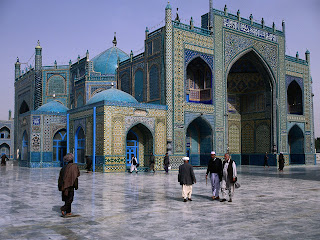 |
| The shrine of Hazrat Ali, Balkh, Afghanistan on the Silk Road |
The first section of the book set in China, I found really heavy going. The weight of history and of being one of the best living travel writers seems to mire this section down. It is slow, weighted down with lots of historical context - interesting but bogs the narrative down. The section is also weighty with references to previous journeys and books - probably great if you've read lots of Thubron before, but irritating if you haven't. I think the China section also suffered for me in comparison with writers who'd made similar journeys, such as Peter Fleming's News from Tartary. It's just nowhere near as good.
However this is one of those books that it's well worth while perservering with. As soon as the Chinese border is crossed and Thubron moves into the Asian republics that were formerly part of the Soviet Union and then on to Afghanistan, Iran and Turkey, the narrative starts to fly, and it turns into a quite wonderful extraordinary book.
Thubron makes remote areas of the world come to life. The melange of history and the present day and how they clash and coincide is completely fascinating. Thubron traces the influence of the Silk Road on the modern day world. The Silk Road was where cultures coincided, clashed and coalesced, and this is still true especially in China and the former Soviet states. Through the Road came silk, gunpowder, tea, jade, paper and the magnetic compass to the west. Lapis lazuli moved west and east from Afghanistan, major religions moved west and east converting in their wake, while from the west came amber, tin, and Graeco-Roman culture. The Road became largely obsolete once European traders found a quicker way to the east in pursuit of the Spice Isles (see my Nathaniel's Nutmeg post), but its shadow still lies over the region with European faces (perhaps descendants of Roman mercenaries) being found in China, Greek artifacts in Afghanistan, and silk copes in European cathedrals bearing the evidence of Chinese and Parthian influences. It's a book that stays with you and really makes you think.
Oddly enough just after finishing reading this I had my own Shadow of the Silk Road experience. I posted yesterday about the beauty of the area where I live. After finishing the book today I went to walk the dogs along the river bank. There was a light breeze which was whipping up the loose top soil on the fields which had recently been ploughed. Three pheasants went scurrying across eager to share in the free dust bath. And it suddenly struck me that these birds that are considered to be such a normal part of the English countryside are actually an import. They are generally believed to have arrived here with the Normans, but before that probably hailed from China. Their ancestors may have travelled the Silk Road to be traded further along it for something else, and so by a circuitous route they came to Britain. And I have my own shadow of the silk road too, my dog is an English Springer Spaniel, his breed of a particular size and weight were bred to start up birds such as pheasants from the undergrowth and to retrieve them for Victorian gentlemen marksmen. Without the Silk Road and the pheasants he would not be as he is. I wonder how common it is that a road long dead still casts such a shadow on peoples' lives today?
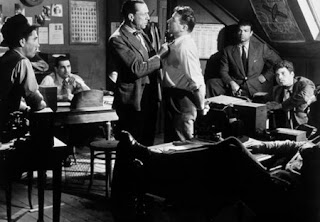


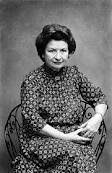

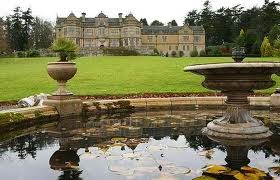
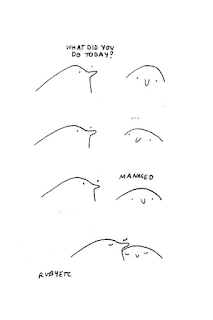

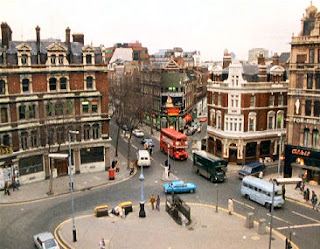

Comments